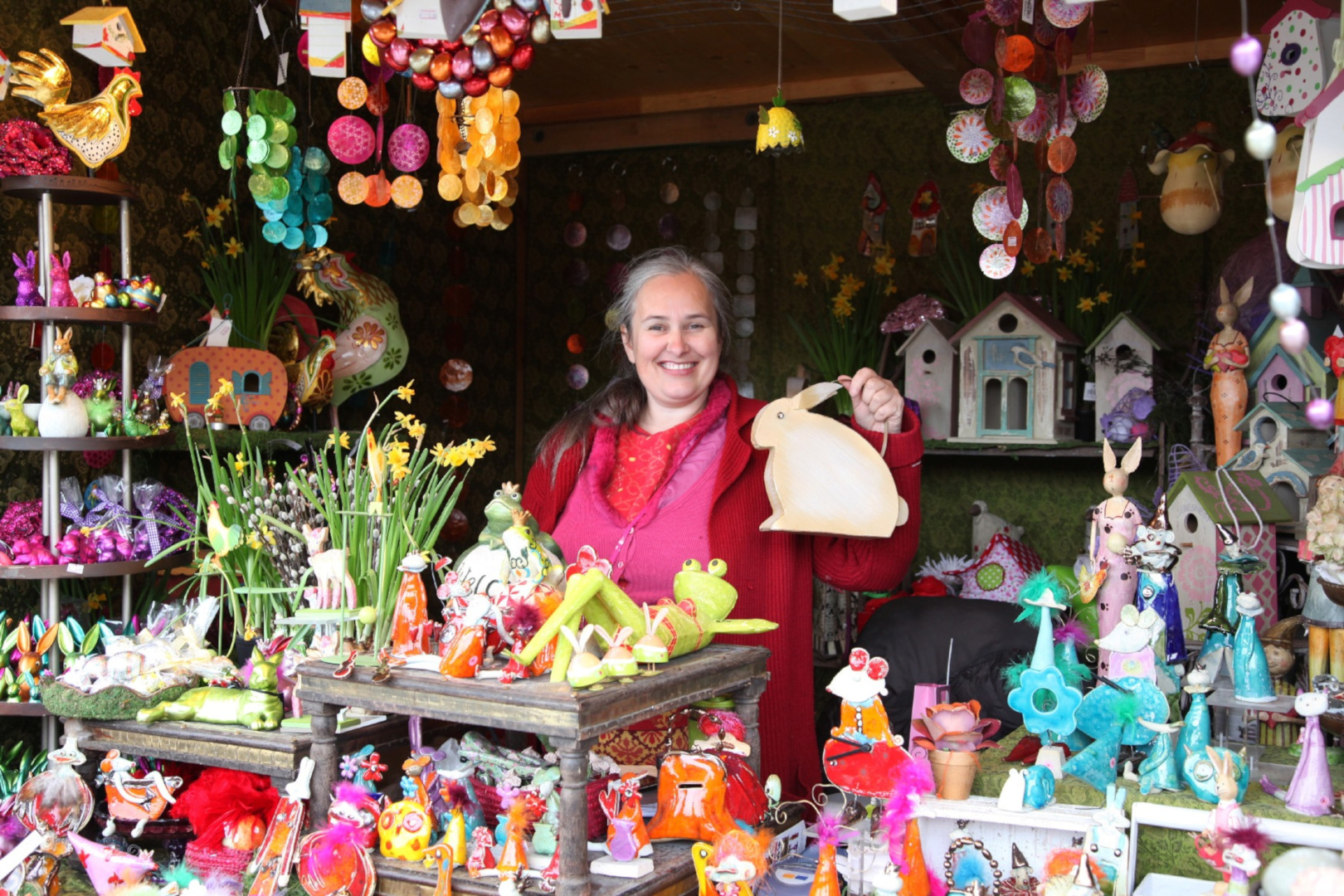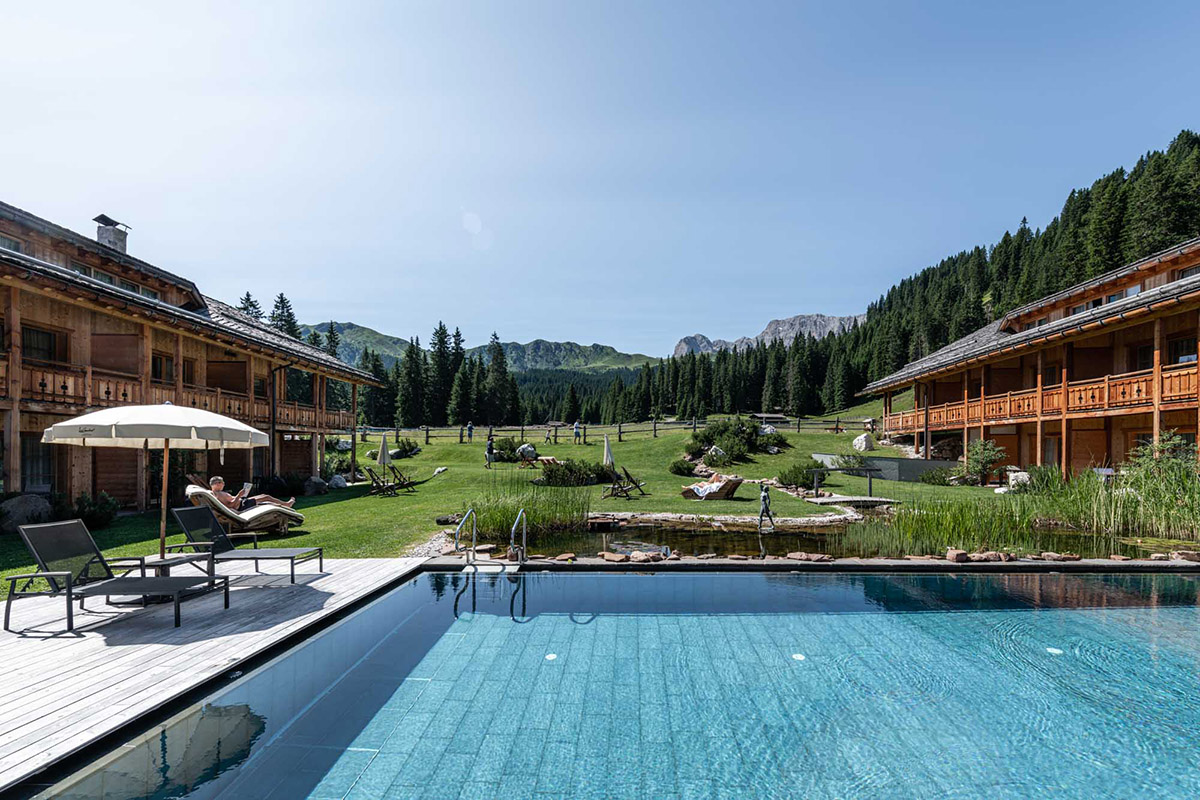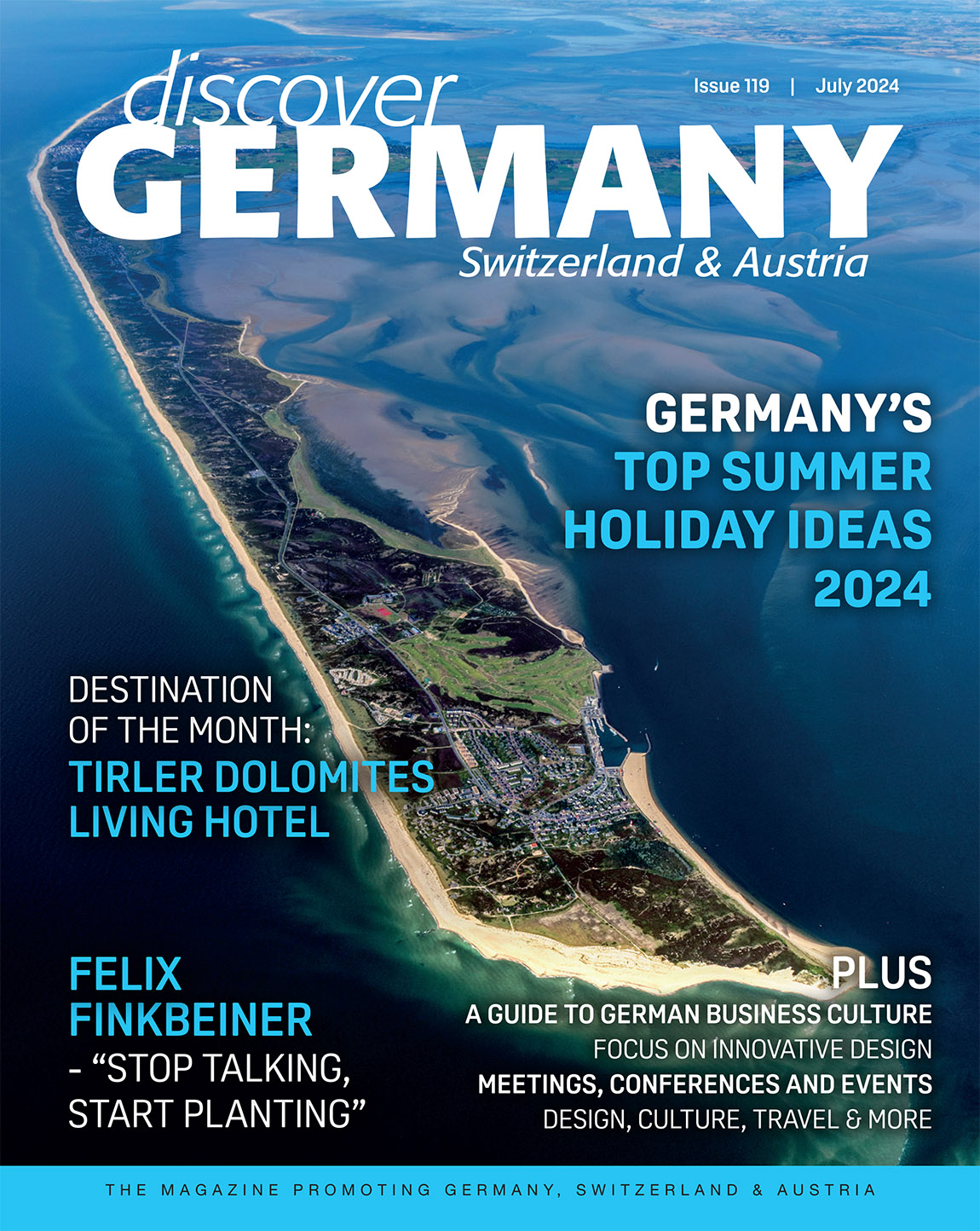Weird and wonderful Easter traditions

From weird games to delicious food, from recreational walks to ritualistic processions, Easter is one of the oldest of celebrations, met with a vast variety of traditions all over the world. And when it comes to traditions, Germany, Switzerland and Austria are masters in this arena.
Located right at the core of many Easter celebrations is a theme of light and the intention to bring light into the darkness. While this theme has its origins in the religious accounts that form the basis of Easter, it also expresses the human desire to drive away the darkness of winter. This said, one of the widest spread German Easter traditions is the Easter fire. Not only in small villages, but also in the cities, people gather around huge fires the night before Easter Sunday to admire the beauty of the flames.
Having seen the Easter fire the night before, the Germans start their Easter Sunday with a delicious breakfast, which naturally includes Easter eggs. But before the eggs are eaten, there is another tradition called ‘Easter Egg-Kitschen’. This game is a friendly contest between two family members, both of which have a hardboiled egg in front of them. With their tips, these eggs are knocked against one another. The contestant whose egg is not broken wins the game.

Easter eggs: © Colorvision Uthoff, Hans R.
When breakfast and lunch are done, a further tradition is to take a long Easter walk, preferably through nature. This tradition is so ubiquitous in the German culture, that one of its greatest poets, Wolfgang von Goethe, included a poem called Osterspaziergang (Easter Walk) in his famous tragedy Faust. In the poem the narrator exclaims: “Here I am human, here I can be”, which expresses a feeling of belonging that many Germans have when they go on their Easter walk.
Sharing food and playing games
Much like Germany, Switzerland has developed many different Easter traditions itself. The important thing to note here is that many of these traditions only take place in special regions of the country. Hence, if you would like to take part, you have to find the right spot. In the canton Wallis a very important tradition is to share food. Come Easter, the people especially like to share bread, wine and cheese with each other. For many of the Swiss, these simple fares remind and refocus them on the importance of sharing and the importance of food in general.
After coming together to eat and drink, the Swiss turn to some more playful Easter traditions. One of these is the old Zurich custom ‘Zwänzgerle’, which is meant to help children get additional pocket money. This is how it works: children take a peeled hardboiled egg and stretch it towards the adults. The adults now have to throw a coin onto the egg. When the coin gets stuck into the egg, the adult has won and takes the money and egg. When it does not, the children are allowed to take the money.
Another playful tradition is ‘Knütteln’, which is nowadays only played in the village of Rumendingen. Similar to the known game Boccia, the contestants take up small wooden sticks. The eldest of the players has the first throw. His thrown stick is the centre of the game and now everybody aims to throw their own sticks as closely as possible. While the winner does not take home a special prize, the loser is obliged to pay for the next round of drinks in a nearby restaurant.

Following the ram. © HOLZER FRANZ
Following the ram
When looking at Austria, many aspects of the country’s Easter traditions are similar to other German-speaking regions. However, as with every country there is a variety of curiosities to explore. One of these motives is again concerned with food. Around Easter it is a traditional fashion that godparents visit their godchildren to bring them a ‘Godnküpfi’. Baked out of yeast dough, the ‘Godnküpfi’ is a sweet delicacy that is an essential part of an Austrian Easter celebration.
Once the family has had their meals, it is time to follow the ram, which is meant quite literally. A custom that is practised mostly in the village of Virgen in Tirol, the ram procession brings together huge crowds of people. When everyone is gathered, the procession starts and the people follow a colourfully decorated ram through the streets and towards the church in which the ram is lead three times around the alter. After the mass, the animal is auctioned off among the people and the winner is allowed to take the ram home.
If you are not so lucky as to win the ram, there is an opportunity to have an authentic Austrian experience by visiting one of the many Easter markets around the country. For the Austrian people, Easter markets are used to preserve and nurture their culture. Visitors can expect to see typical Austrian artwork and, of course, can enjoy some delicious Austrian dishes.
TEXT: THOMAS SCHROERS
Subscribe to Our Newsletter
Receive our monthly newsletter by email




